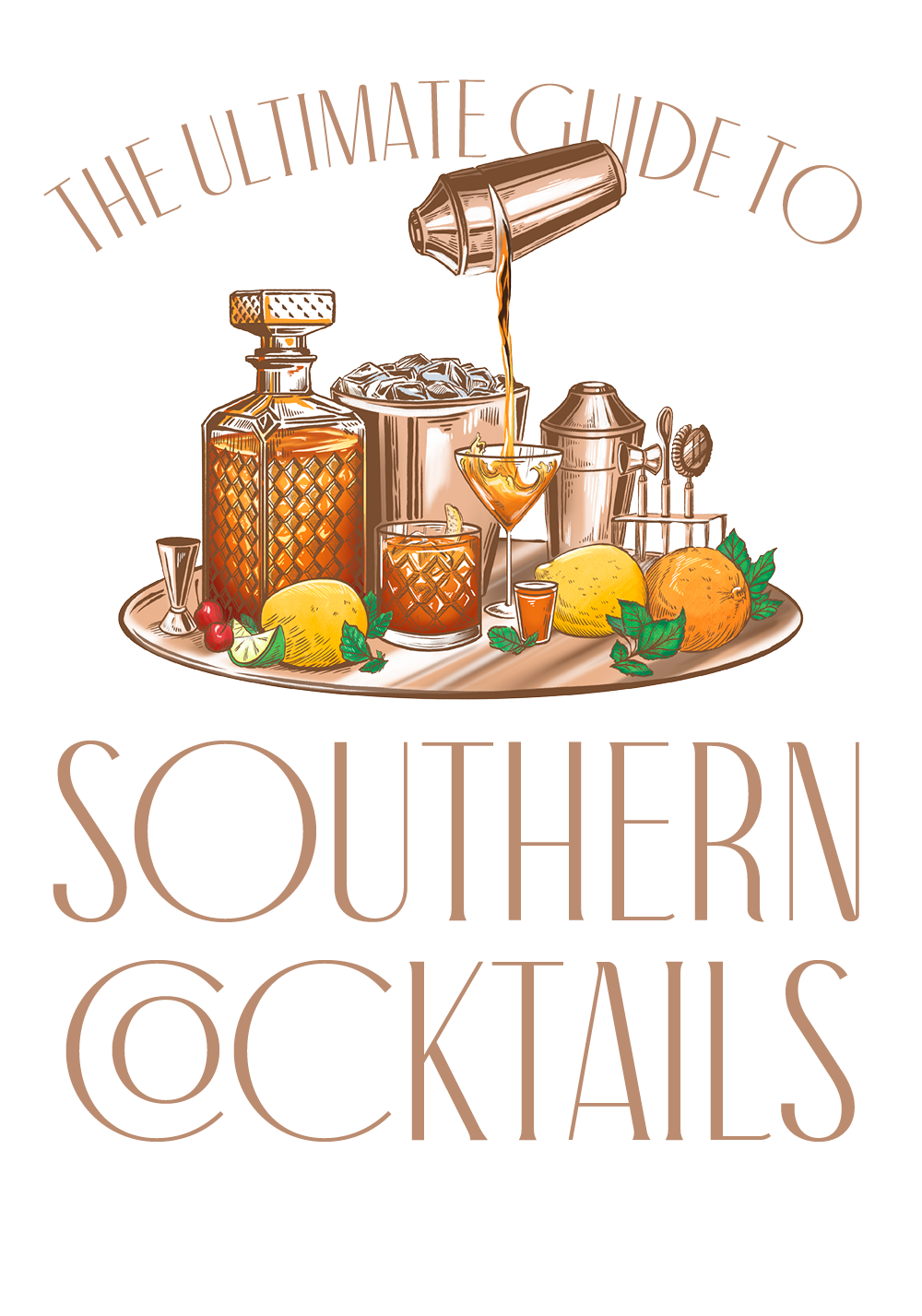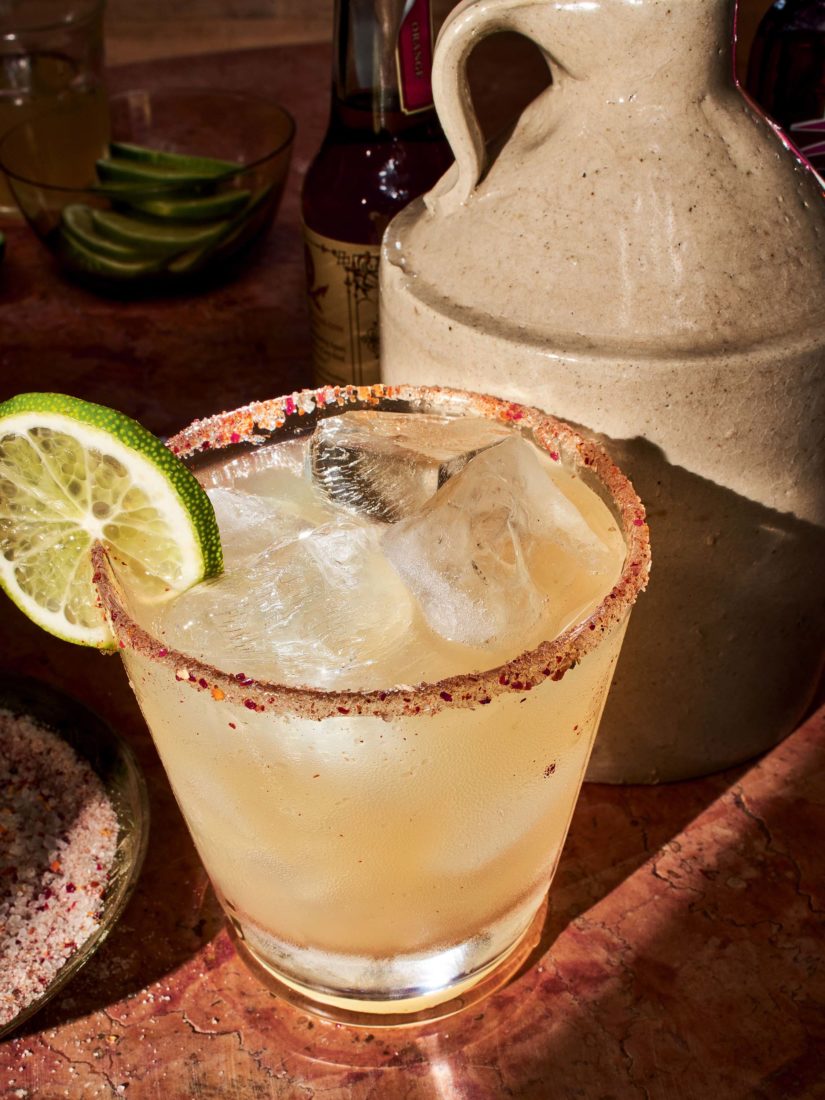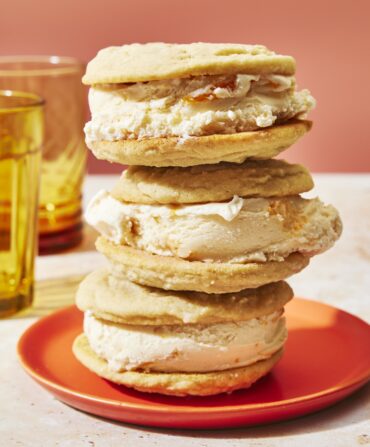Drinking vessels tell a story every bit as much as the drink they contain. An expert in antique drinkware once told me that he was offered up a ladleful from what his host described as a colonial-era punch bowl that had been lovingly handed down through generations of a proud Southern family. He accepted the drink with grace. He did not inform the family that what they own is not, in fact, an antique punch bowl, but an antique chamber pot.
You will be pleased to know that another historic drinking vessel runs less risk of being confused with something else. That is the strong-shouldered stoneware jug. It often sports a loop handle on the neck that is both stylish and sensible, allowing one to haul it around or sling it over a shoulder and sip without troubling a glass. As I’m sure everyone knows, that jug contains moonshine. It’s as instantly recognizable as the faceted ketchup bottle.
“Domestic alcohol production was a huge thing early on,” says Daniel Ackermann, curator at the Museum of Early Southern Decorative Arts in Winston-Salem, North Carolina. “It was how you preserved your crops. And a lot of early pottery production can be connected to alcohol—both storage and fermentation.”
Max Watman grew up in the Shenandoah Valley and is the author of Chasing the White Dog, about the illicit whiskey trade. “The settlers along the ridges were German and Scotch-Irish, and they brought with them a tradition of decorative arts and handicraft,” he says. They also brought a tradition of home distilling. “And they put moonshine in whatever was at hand, and those jugs were exactly what was at hand.”
The moonshine jug crossed from dim holler to popular lore when comic hillbillies became an early meme. Mountain men with jutting jaws and slouch hats carrying moonshine jugs were suddenly everywhere in the early twentieth century, in syndicated cartoons, on postcards, and in sensationalist magazine accounts.
“The fictional hillbilly has become part of American folklore,” wrote Associated Press columnist Hal Boyle in 1955. “He is a shiftless figure in overalls who runs through the hills bare-footed…an old hog rifle in one hand, a jug of moonshine in the other.” Boyle set out to dismantle the stereotype, but the character persisted along with his omnipresent jug, thanks in part to funny-pages stars like Li’l Abner and Snuffy Smith.
In the past decade or two, moonshine has returned—now cleaned up, commercialized, and more potable. Belle Isle Moonshine in Richmond has been touting a “premium moonshine” with the slogan “Replace your vodka with something better.” (Strict constructionists insist that moonshine on a liquor store shelf is a con job, since moonshine is by dictionary definition illegal. They have a point.)
Today moonshine commonly refers to whiskey that hasn’t benefited from the mellowing effects of an oak barrel. It might also be called white whiskey or white dog. And most modern moonshine makers now sell it in the vessel that replaced the stoneware jug: the glass canning jar. It’s a less bulky, less expensive way to convey homespun bonhomie.
Yet a few producers have maintained their allegiance to the jug, including Platte Valley Moonshine in Missouri. Charleston, South Carolina’s Jimmy Red bourbon, which is distilled and barrel-aged by High Wire Distilling, is made with an heirloom corn once favored by moonshiners. It’s available in a custom-made Le Creuset variation on the classic moonshine jug. “The inspiration was old stoneware bottles,” says High Wire’s cofounder Scott Blackwell. “We wanted to produce something with a rustic feel.”
In a twist that no doubt would have confounded Snuffy Smith, the jug version sells at a premium over the bottled version. “Our customers see the value in something unique,” Blackwell says, “and we wanted a throwback to the way whiskey used to be made.”
Samara Rivers, the Atlanta-based founder of the Black Bourbon Society, is fond of the big corn aroma of bourbon as it comes off the still and before it’s aged in an oak barrel. “I would treat white whiskey like it was a tequila, and I’d throw it in a margarita,” she says. Yesterday’s spirit, meet today’s favorite cocktail. Get her recipe for a White Dog Margarita below.













